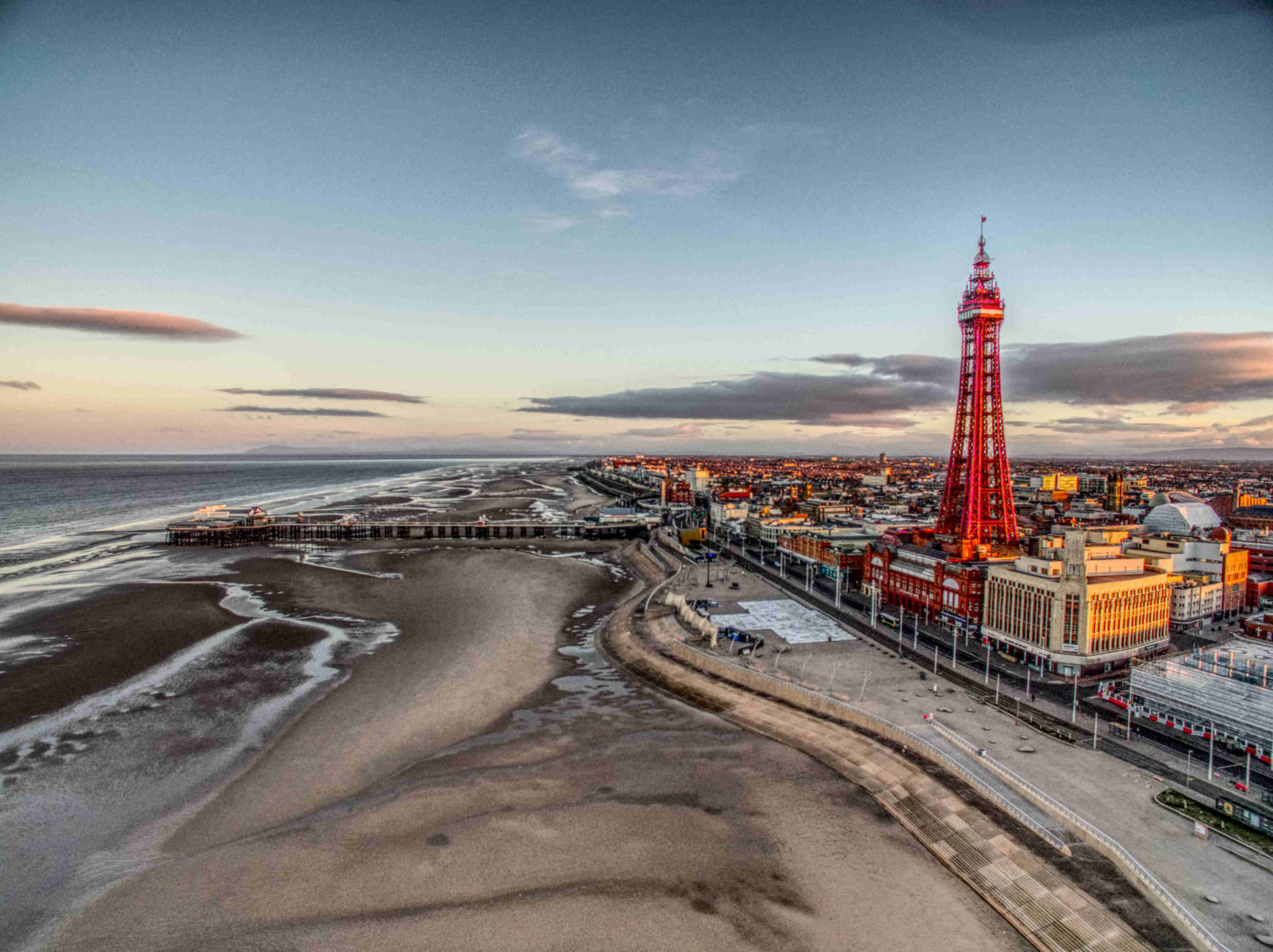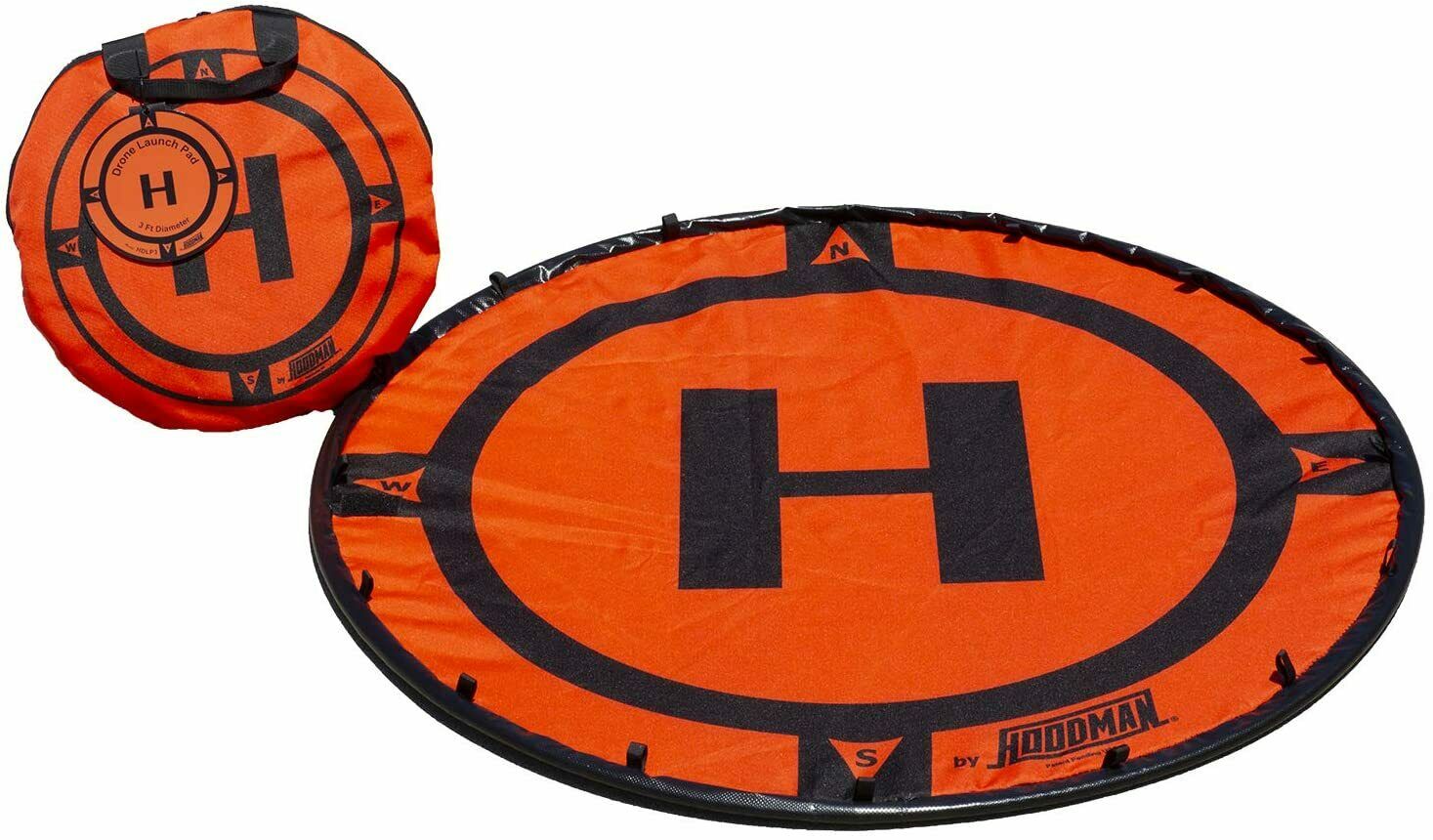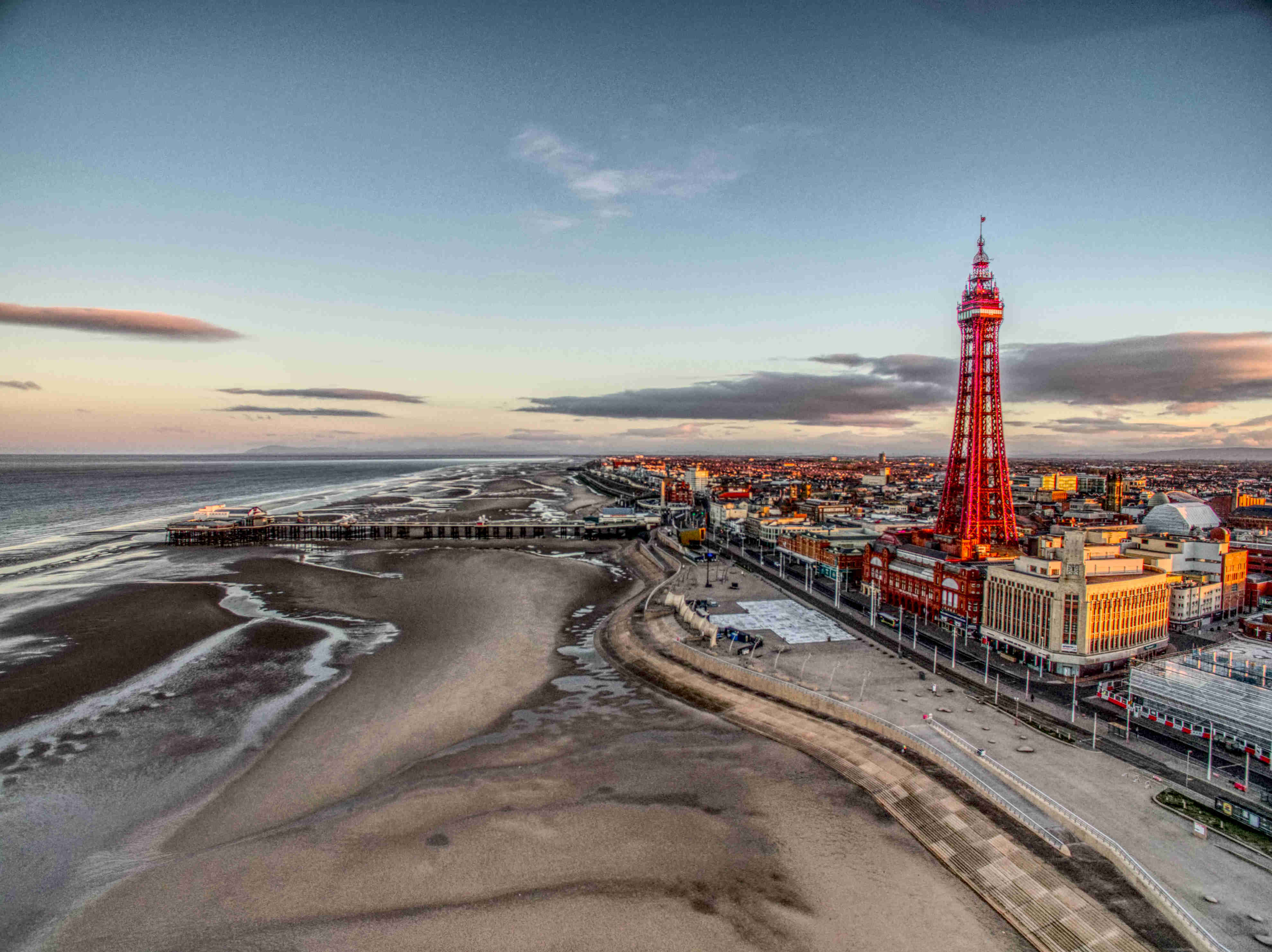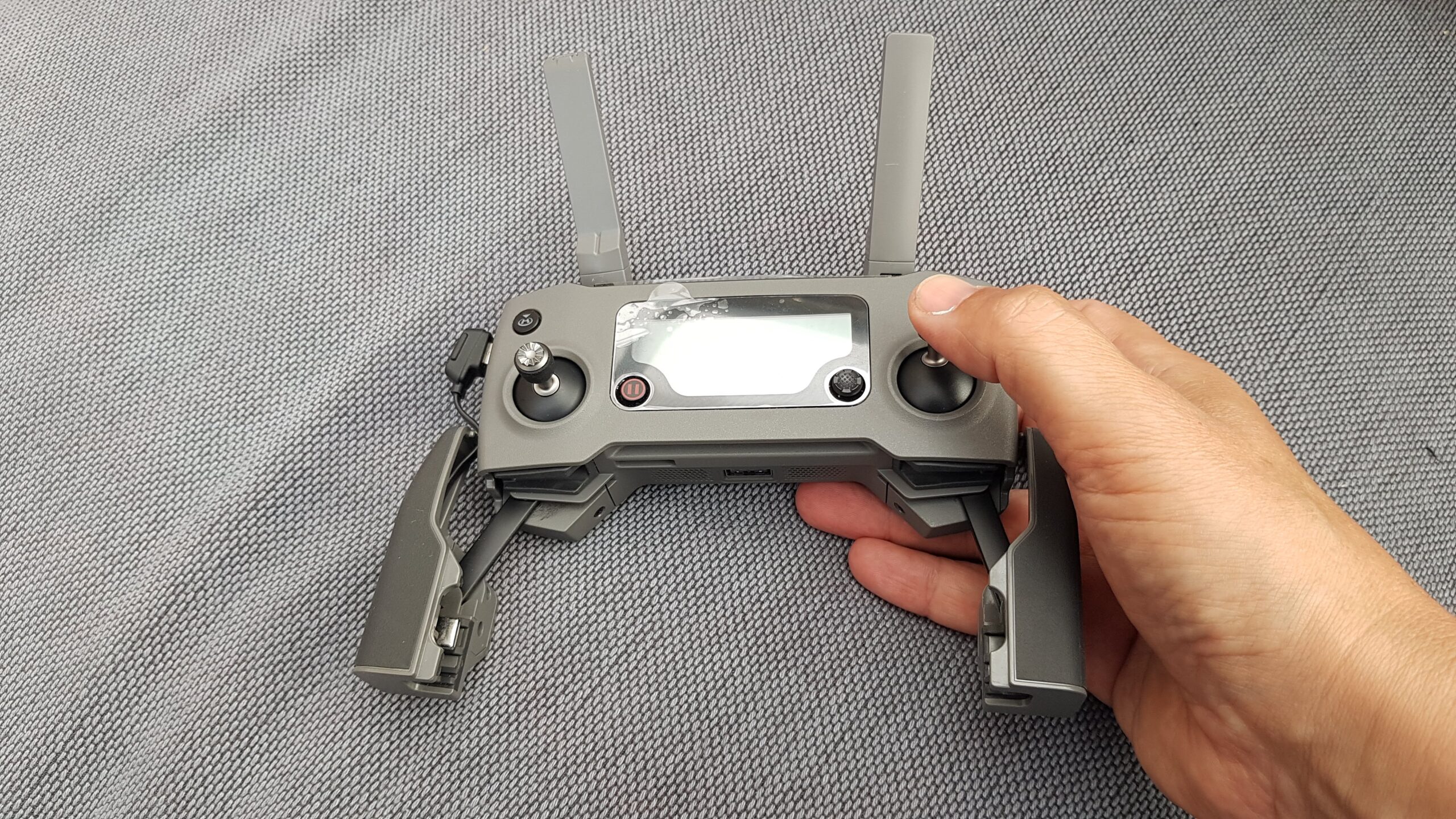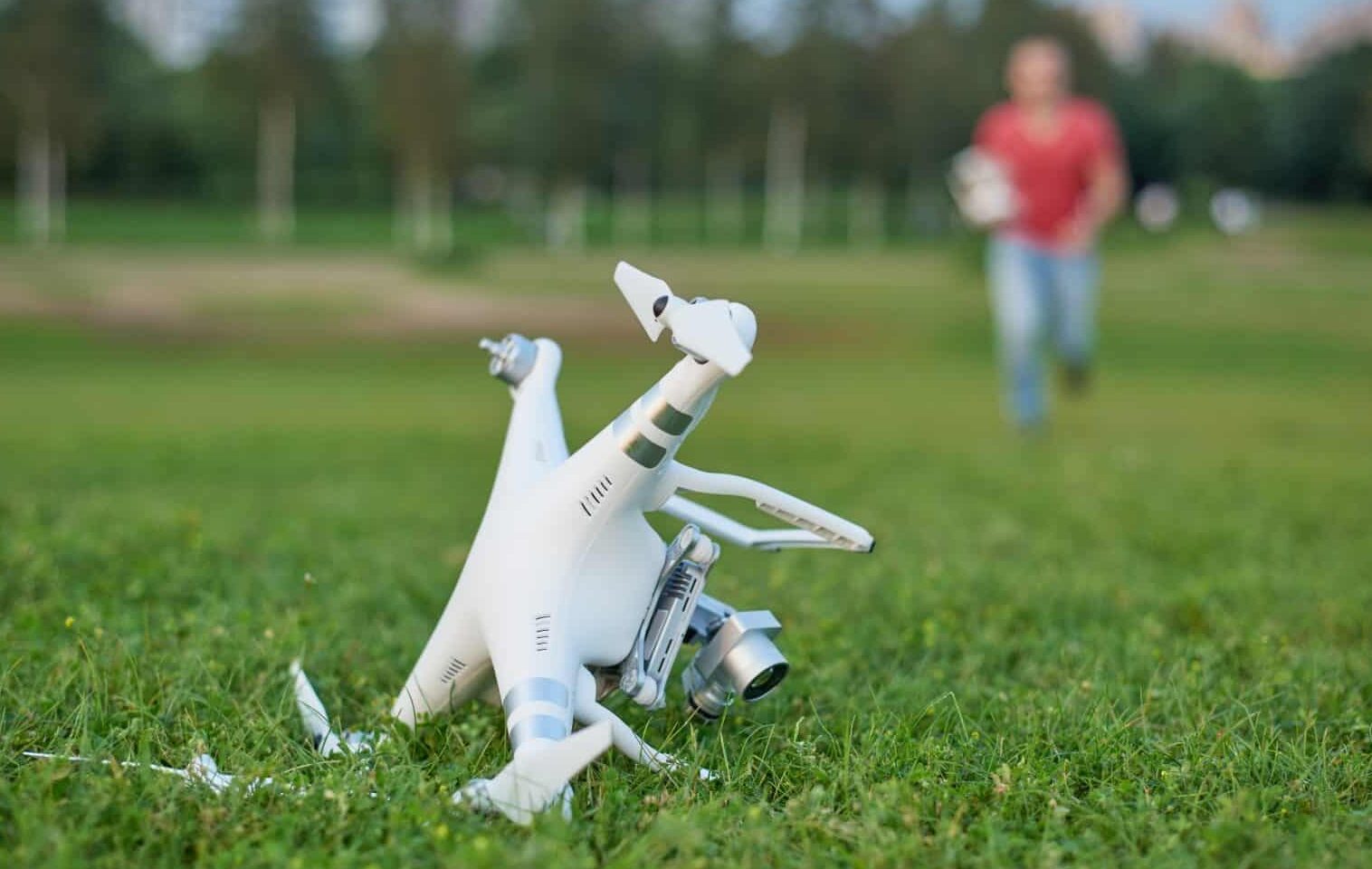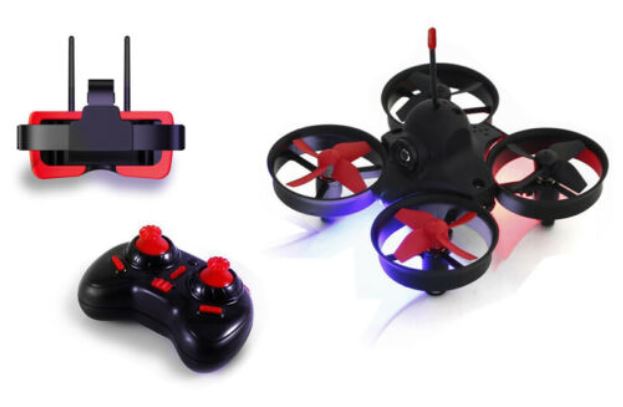Flying in the cold weather
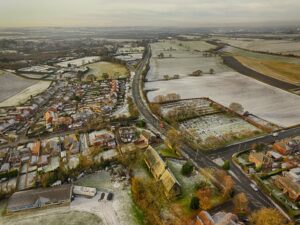

Why fly in the cold?
The angle of the sun on the horizon is smaller during autumn/winter, this gives a prolonged period of the "magic hour".
The magic hour is the time around sunrise or sunset, when most of the light is reflected and the direct light of the sun passes through a lot more atmosphere which filters out the harsh neutral or blue cast.
Throughout the entire day, the sun will never reach a high point which lights up the objects too much and gives more harsh shadows ... and just doesn't look as good.
Because of the low angle of the sun, textures will look more three-dimensional and become alive. The shadows will be long and deep.
The world also looks so much different when there is snow covering the ground. The two pictures above where both taken when it was below freezing outside.
Keep yourself warm
It may seem obvious, but you need to keep yourself warm. I use some gloves that allow me to use my touchscreen, but there are other cool things out there to look at. Dress for the weather.
I use these gloves, which keep me warn but allow my fingers to use the touch screen.
I've never used them, but these look quite cool!
Keep your battery warm
This is actually an IMPORTANT one. Most drones now use LiPo batteries and LiPo batteries last less time when they are cold.
When I know that I am planning to be flying my drone in cold weather, I make sure that I transport my batteries in the car rather than in to boot (Trunk if you're an American). This helps to ensure that the batteries stay about above 15 degrees.
I also keep the batteries close to my body when I am outside to keep them warm.
I always keep an extra eye on the flight time and account for shorter flights.
I generally hover close-by for a while before embarking on my Drone Adventure, just to warm the battery up a bit more.
I go smoother on the throttle, as jumping to maximum thrust can use the battery quickly and leave your drone falling to the ground.
NOTE: High altitude means that your drone works harder because of the thinner air. If you're planning to fly high, then do this at the start of your flight.
Watch the weather
In winter (Certainly in England), it is more likely to rain/snow. Keep an eye on the weather forecast. This includes snow, rain, fog and wind.
Take a look at my useful links page to download a good drone weather app (Notice on the app, it has a wind speed at different altitudes. It's worth looking at this (Amazing how much the wind changes as you get higher).
If it is cold and also damp, watch out for ice on your props. Ice on the propeller blades, alters the weight and therefore the aerodynamics of your drone.
